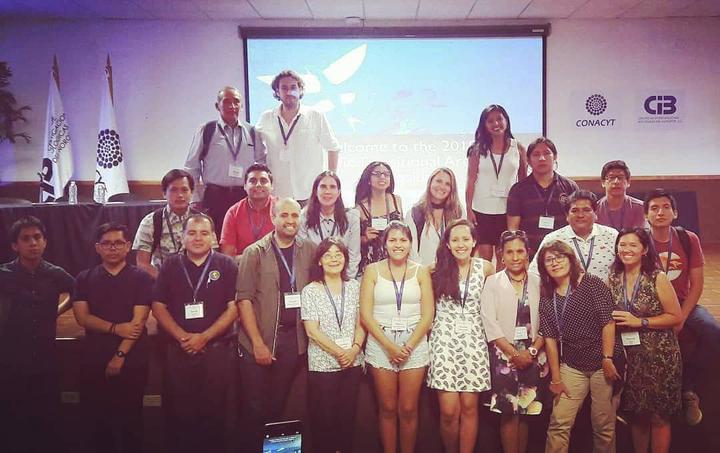Identifying biogeographical transition zones and nekton assemblages in the northern Humboldt Current System

Abstract
A biogeographical transition zone is a boundary between biogeographical regions, representing an area of biotic overlap, which is promoted by historical and ecological changes that allow the mixture of taxa belonging to different biotic components. These zones are influenced by environmental conditions and other ecological factors, and, in some cases, can be high species-rich areas. Most of these studies come from terrestrial ecosystems and few ones have been reported in the marine environment. Using taxa composition data from 25 scientific surveys, we identified nekton assemblages and spatial diversity patterns in the northern Humboldt Current System. Then, we related these assemblages with four environmental variables temperature, salinity, chlorophyll concentration and distance to the shelf break. To identify biogeographical transition zones between the three most important superficial water masses in this ecosystem, we used alpha diversity gradients, taxa diversity turnover (beta diversity) and taxa affinities for each water mass. We found that the area on the shelf break had the highest alpha and beta diversity, and therefore it can be considered as a biogeographical transition zone between the neritic area, dominated by coastal cold waters, and the oceanic area, dominated by oceanic waters. On the other side, the richest taxa assemblage was dominated by warm equatorial waters and the least rich one was the oceanic assemblage, possibly influenced by the covered area during scientific surveys. Finally, we discussed possible influences of fishing on our results and climate change impacts on these assemblages and transition zones.